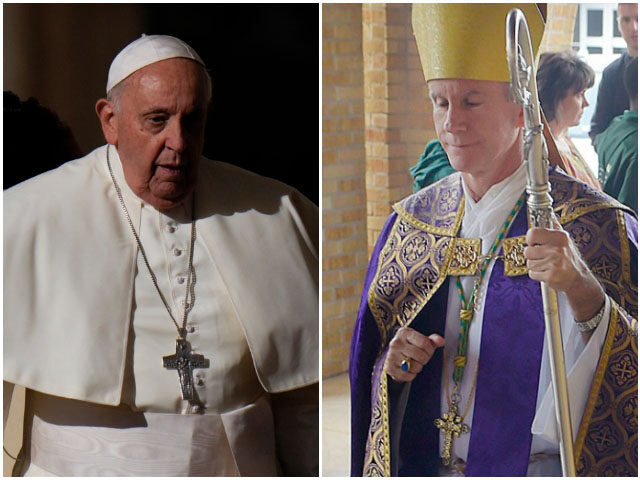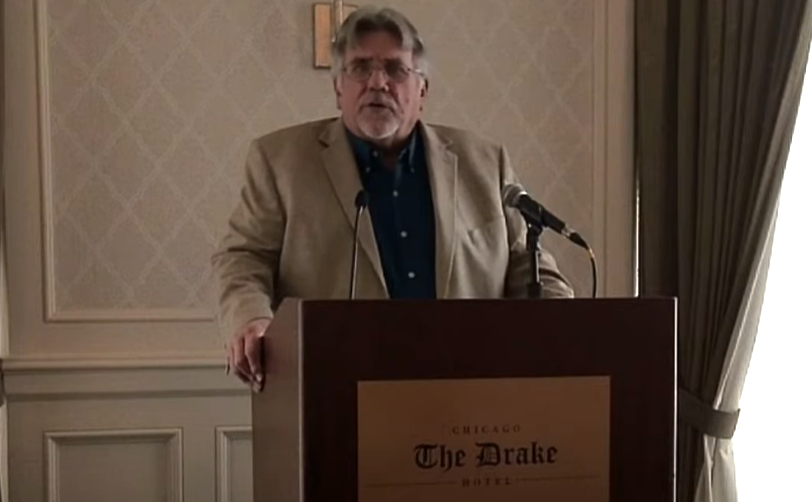New Books Focus on Bringing the Faith to Those Searching for Truth
By John M. Grondelski, EWTN, 12/16/17
WHY I AM CATHOLIC (AND YOU SHOULD BE TOO) By Brandon Vogt, Ave Maria Press, 2017, 192 pages, $20, To order: (800) 282-1865, ext. 1, or avemariapress.com
WHY WE’RE CATHOLIC: OUR REASONS FOR FAITH, HOPE AND LOVE By Trent Horn, Catholic Answers Press, 2017, 241 pages, $12.95 ($3.99 e-book), To order: (888) 291-8000 or catholicanswerspress.com
________________
One of the major contemporary religion stories is the rise of “nones” — the religiously unaffiliated — in the United States. America, long the outlier society when it comes to religious commitment, has been struck, especially in the past two generations, by the ascendance of generations for whom the blasé “whatever” is as descriptive of their approach to organized religion as to many other issues that an earlier generation would have said “mattered.”
The Catholic Church seems threatened by two erosions: toward sect-like, storefront Protestantism (especially among Latinos) or toward a gauzy indifference about matters religious, sometimes gussied up by a claim of: “I’m spiritual but just not religious.”
The reasons behind this phenomenon of exodus from the Church are complex. While its causes are many, one of them undoubtedly is religious illiteracy: People just don’t know the what and why of the Church beliefs.There are many parodies of what people think the Church believes, and the nonchalance of “whatever” may make explaining the “why” appear to be a futile mission.
But assuming that beneath every jaded person there is something of the child ready to ask, “Why?” — and sharing Aristotle’s conviction that “all men desire to know” — Brandon Vogt and Trent Horn have each provided “the reason for our hope” (1 Peter 3:15), albeit to somewhat different audiences.
Vogt admits his youth might also have been defined as “spiritual but not religious,” and his undergraduate engineering studies at a state university may be the last place one would expect to produce a Catholic convert.
“I’ve noted how different the reaction I usually get compares to the reactions that converts to other religions often receive. Admit you’re exploring Buddhism and you’re greeted with wonder and encouragement. Reveal that you’ve become Jewish or Muslim and you’re treated with hushed reverence. Say you’re dedicated to meditation or the power of positive thinking and the ‘Good for you’ comments will stream out as if you lost 60 pounds. But admit you’re becoming Catholic? Crickets and confusion.”
Yet edgy. Rebellion is often the hallmark of the young. For Vogt, the Church “is the only true rebellion left.” Two things (besides the Spirit) brought Vogt to the faith: his willingness to march to a different drummer and his driving sense of curiosity. Vogt found the “transcendentals” — truth, goodness and beauty — kept leading him back to the Church.

He begins with “clues” for God’s existence, from the universe to man’s quest for the good to the rationality of the world. He talks about the need for religion and the limits of “spirituality” alone (“We might reach spiritual books or seek out gurus, but ultimately our exploration is still self-determined and thus self-restraining. Consider, for example, someone who claims to be ‘scientific but not into scientific laws and rules’”).
He moves to Jesus, his resurrection and the Church he founded. He talks about the Church’s “goodness” in building civilization, modeling heroic charity, being countercultural and offering real forgiveness. He finishes with the beauty of the Church — from its contributions to the arts to its openness to all.
Vogt’s chatty, pleasant style makes this book accessible to everybody, but especially suited to certain audiences. I would give it to young people, especially those wrestling with faith (or its loss). Vogt is not preachy, but he asks his readers to think — really think — about their experiences and allow the Church’s claims to speak for themselves. He has a knack for hitting the right notes: He doesn’t dodge objections or slay straw men, but he does offer a reasonable comeback for why the Church believes what it does. I would also give this book to prospective converts: Their openness to the spiritual needs to be filled in with some content and some “whys.” Vogt provides them.
Vogt knows that such a search exposes people to accusations of judgmentalism: “‘It just seems a bit arrogant to think you’ve found the true Christian religion.’ As I thought about [this] reaction, though, I realized that the same criticism could be leveled against any decision. When we settle on any truth or choice, we’re implicitly rejecting many others. This isn’t a bad thing; it just seems that way to our hypertolerant culture that has lifted open-mindedness to the level of virtue. Yet as G.K. Chesterton observed, ‘The object of opening the mind, as of opening the mouth, is to shut it again on something solid.’” Vogt offers solid food.
Trent Horn seems to have a somewhat different audience. While his introduction (“Why We Believe … Anything”) and Part I (“Truth and God”) overlap Vogt’s audience of those whose faith in anything beyond themselves is questionable, the book’s remaining four parts (“Jesus and the Bible,” “The Church and the Sacraments,” “Saints and Sinners” and “Morality and Destiny”) are better suited for Protestants and others for whom a little biblical knowledge is a dangerous thing.

Take, for example, his chapter on “Why We Believe in Purgatory.” Its divisions — the biblical foundations of the doctrine, the notion of making amends, and whether purgatory detracts from Christ’s redemptive work — would seem to be classical Protestant objections to purgatory. Vogt explains biblical passages where necessary, but also uses real-life examples to make his point. In explaining why it is necessary to make amends for sin, for example, he writes: “If my five-year-old son recklessly breaks a neighbor’s window, I will pay for the window because he cannot. If my son is sorry for what he did, then I will forgive him, but I will also ask him to perform extra chores to make up for his bad behavior. This satisfies his conscience’s desire to make amends and helps him to learn a valuable lesson.” He then circles back to a biblical example: “God forgave King David for committing the sins of adultery and murder, but he disciplined David by allowing him to suffer in this life.” He does this for many other Catholic beliefs (e.g., Mary, the priesthood, infant baptism, prayer to the saints, morality and the existence of hell), too.
Horn goes more into the nitty-gritty rationale for specific Catholic beliefs and practices, which makes him more attractive to someone apt to question their biblical basis. He’s better suited for someone for whom the foundations of faith itself are less in question. Vogt’s approach is “bigger picture,” addressing those for whom even basic religious questions, such as God, creation and the need for any church, are in doubt. Each in its own way addresses the demands of contemporary evangelization.
John M. Grondelski, Ph.D., writes from Falls Church, Virginia.









